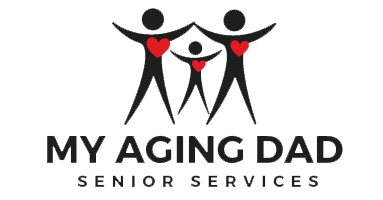Vision is a neglected area discussed when talking about fall prevention. One of our five senses, vision, changes as we age. Declining vision frequently goes unnoticed by older adults while they adapt slowly and unconsciously. Vision loss or changes can exacerbate the difficulties of getting around, such as climbing up and down stairs, stepping down curbs, or noticing the changes in levels of the floor or ground when walking. It also connects to the vestibular system, providing stimulus and feedback.
Regular eye-exams.
Scheduling regular eye exams is the best way to detect changes in the eyes, for example, a cataract. Cataracts are a standard part of aging. More than 50% of people aged 80 and older have had cataracts. Being proactive about cataracts is essential because they can cause permanent blindness if not surgically removed. Regular eye check-ups can also encourage a change in your glasses and diagnose more severe eye conditions such as glaucoma, macular degeneration, or diabetic retinopathy.
Customized eye-wear
Investing in a good pair of sunglasses is essential to protect your eyes from UV rays that cause glare. Sunglasses can be ordered in different tints, and your local optometrist can customize them for an aging adult's eye issues. Some of our patients have purchased wrap-around sunglasses to fit over prescription sunglasses, further reducing glares and helping older adults notice unfamiliar outdoor hazards.
Night blindness
Night blindness or (nyctalopia) is the inability to see well at night or in poor light, such as in a restaurant or movie theater. It is often associated with a failure to adapt quickly from a well-illuminated to a poorly illuminated environment. Common causes of night blindness are glaucoma, cataracts, vitamin A deficiency, and retinitis pigmentosa. Night blindness falls become a severe risk in older adults living areas when the lighting is not adapted to their vision deficits.


